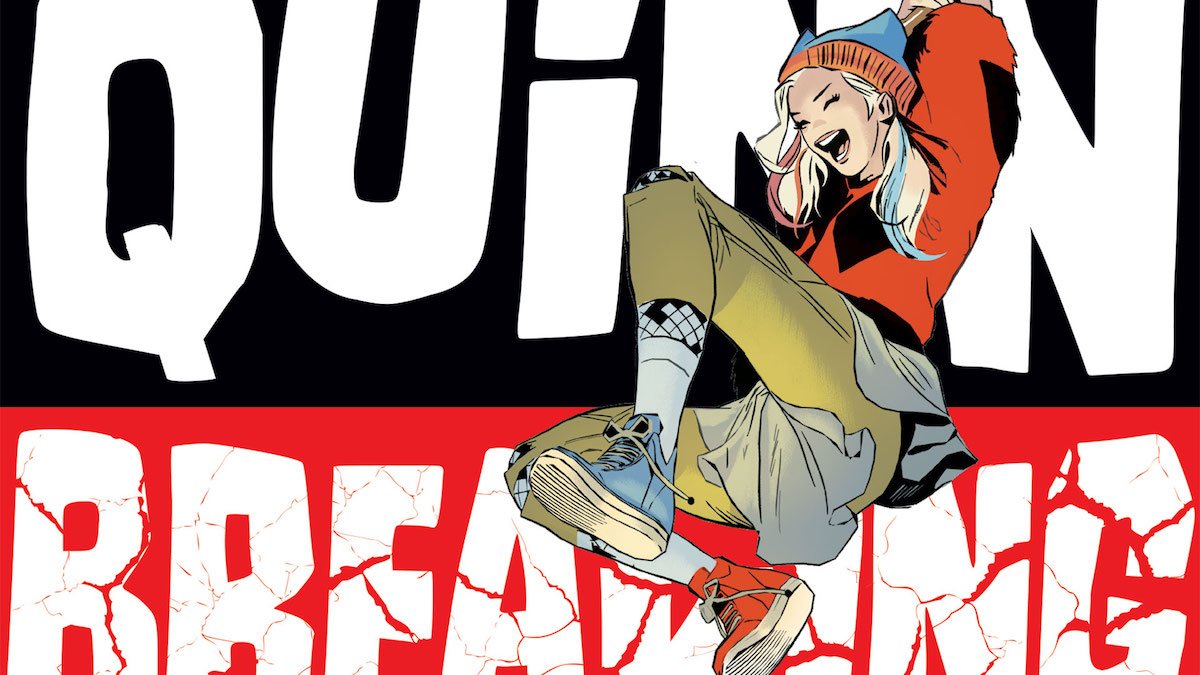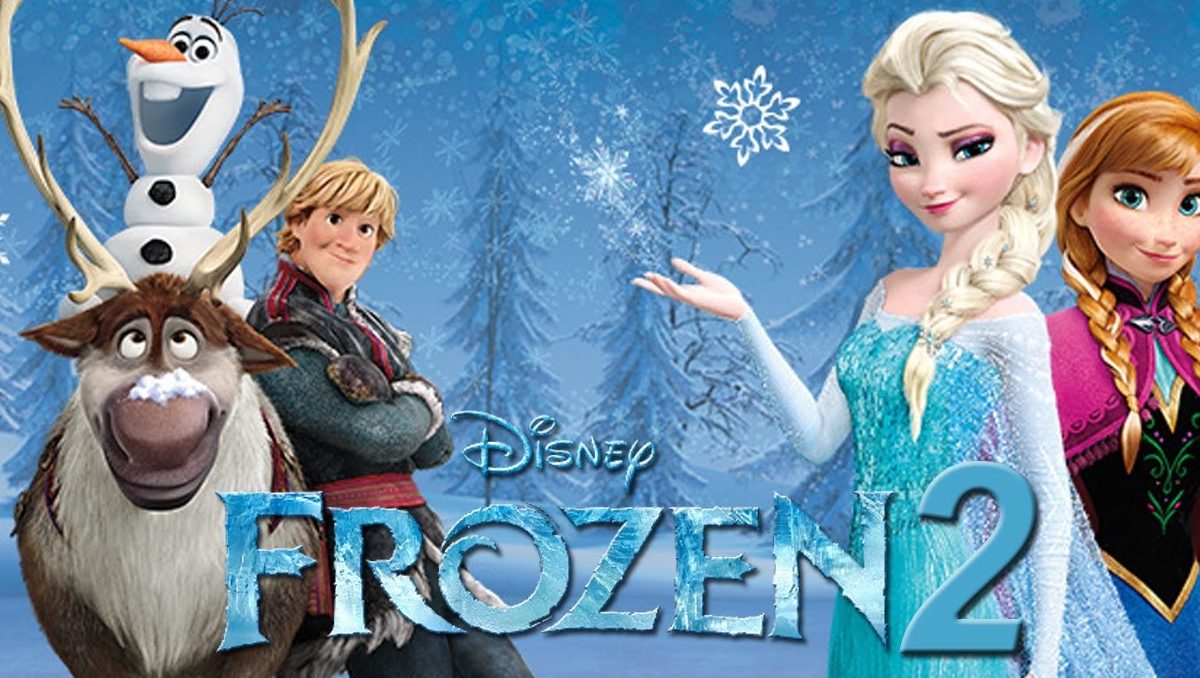Harley Quinn: Breaking Glass by Mariko Tamaki and Steve Pugh counts as one of the best original graphic novels published by DC over the past few years. It’s also one of the most political stories, taking one of the most popular female characters at DC and placing her at the center of urban redevelopment, political protest, and how the law sometimes only benefits those who can afford to navigate it.

Though I didn’t catch up to writer Mariko Tamaki, also the acclaimed writer of Skim and now in charge of an imprint at the publisher Abrams, in person at New York Comic Con, I was able to interview her last week about her inspiration for the book, why the book has such a specific political point of view, why Harley chooses the fights she does, and the collaboration with artist Steve Pugh.
GeekMom: How did you come to know Harley Quinn? Was there a definitive story that made you interested in the character?
Mariko Tamaki: I wouldn’t say there was a definitive story per se. I love Jimmy Palmiotti, Amanda Conner, and Chad Hardin’s work with this character. And theirs was one that I read as part of my research.
GM: Your story has a very distinct version of Harley that, while it draws on other versions, is original in many respects, including Harley’s community when she moves to Gotham City, and having her origin uncoupled from the Joker’s, with him having only a small influence on who she is and what she does. What was the inspiration for your version of Harley?
MT: With Breaking Glass, I wanted the story to feel like a young adult story, in that I wanted Harleen herself to feel like a teenager.

So building from that, I tried to give her the teenage type things that build up that type world (school, friends, guardians). I wanted her to have a variety of influences, a childhood that connected with where she is at the start of the story.
Very early on, knowing how theatrical her style is, I had the idea of giving her a family of gay drag performers because, why not?
GM: This is a book with much on its mind, from gentrification to the unfairness of the American judicial system, bullying, and how marginalized communities that become families can be broken up by forces beyond their control. What was on your mind as you wrote the story? Why did you feel Harley was the character to explore these themes?
MT: What I hope connects all of these elements is the theme of justice, which is your classic superhero theme, but spread out beyond just the individual hero and villain.
The way most non-superhero people experience “justice” is in a myriad of small ways. We see people being treated unfairly based on their race or class or gender or sexuality. We see a system that affects people differently. It’s day to day, small stuff, not just battles to the death.
I think Harley is an anti-hero in that she’s not someone who has a set path when it comes to justice. Harley approaches things very subjectively and very in the moment. So she seemed like the perfect person to play out a complex story about justice with.
This book is about deciding, understanding, how justice works. It’s not just saving the day, it’s who are you going to fight for and why?
GM: The story and artwork are in perfect sync throughout the story. How did the collaboration work between you and Steve Pugh? For example, how did you settle on the clothes for Harley and her friends in high school, and what went into the wonderful full-page segment when Harley rejects the Joker’s costume for her own version?
MT: Steve and I worked with our amazing editor Marie Javins and Diego Lopez, who kept us on track and in continuity. I gave Steve Pugh a very open direction when it came to how Harley looks in the comic. I think Steve is such an incredibly talented storyteller. He really brings the narrative threads into the visuals, so you can follow the evolution that takes place in how the characters and the setting appear in the story.

We did talk about wanting Harley to feel like a teenage girl. Some of the first sketches he showed me had her in her sweater and jeans, which I loved. I wanted Harley to find her own aesthetic from multiple influences. Really that scene with the tutu is about her rejecting one form of drag for another. Plus I personally always thought some of the standard super outfits looked super uncomfortable.
GM: How did you create the dialogue for Harley?
MT: It’s such a strange fluid process. You have to sort of try on a bunch of voices as you write. There were many iterations of Harley talking from Draft 1 to Draft 56. I think in the end she’s someone who talks the way she likes talking, without any real care of whether or not someone else thinks it’s cool. So I tried to lean into that?

GM: This Joker is a little bit different from other versions. What led you to this particular view of the character?
MT: The Joker sees himself as an instrument of chaos and disorder. He’s also, like Harley, a teenager who’s coming into that vision of himself, piecing and taping it together from a variety of influences. I wanted to make sure the different characters were coming from different places in this story, and so the Joker developed from that.
GM: The ending leaves everything open for a sequel. When will that be happening? (She asked, hopefully…)
MT: I try to leave room for a sequel (she said hopefully). I am always pestering DC about that stuff. Feel free to join in 😊
GM: Hey, DC, I’m joining in. Have Mariko Tamaki write a sequel to Breaking Glass.


